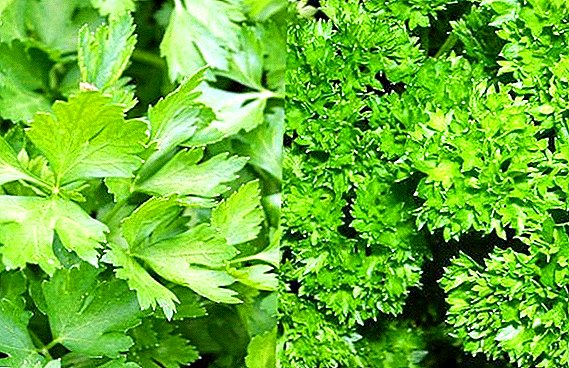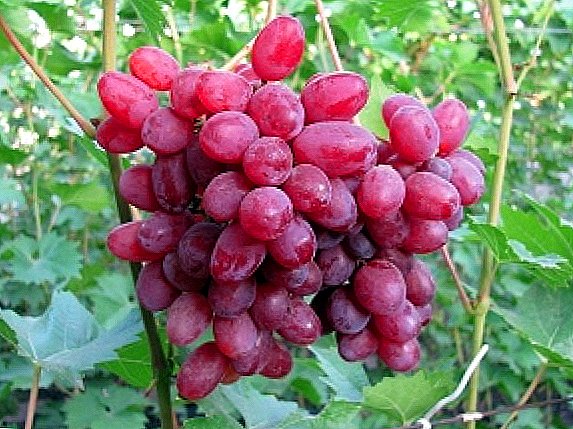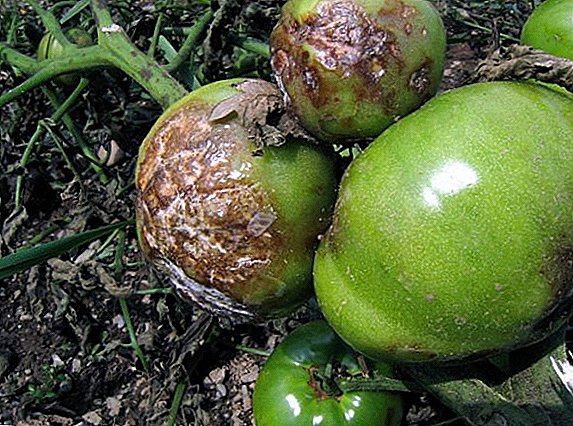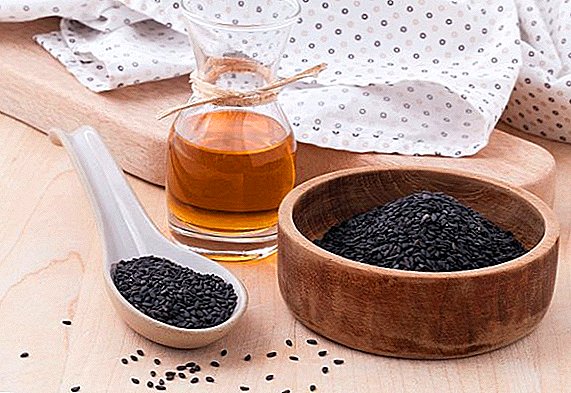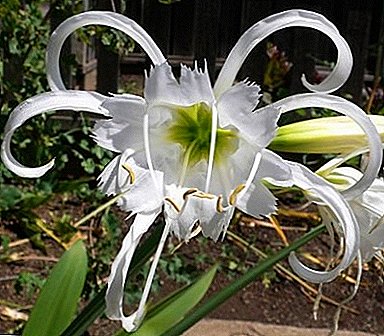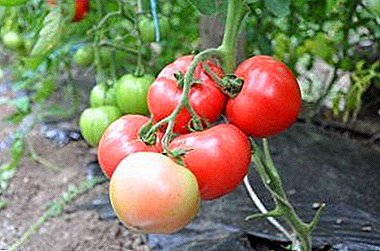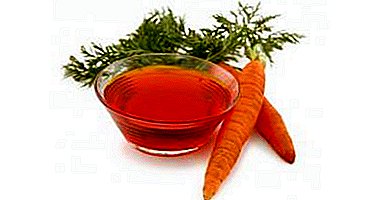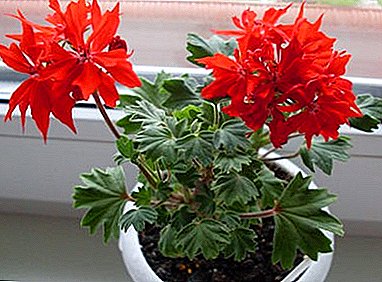
Pelargonium stellar is a surprisingly beautiful plant, which is distinguished by the unusual shape of leaves and flowers from classical pelargoniums.
These plants are again becoming popular among fans of decorative flowers due to their original and spectacular appearance, combined with unpretentious care. In the article you will read in detail about this flower, learn how to care for it, see it in the photo.
What it is?
Pelargonium Stellar owes its appearance to the Australian hybridizer - Ted Bot, who in 1960 crossed several types of zonal pelargonium and as a result received this beautiful plant.
The appearance of pelargonium in the territory of Eurasia occurred more than four centuries ago. The ships that went from England and Holland to India made a stop at the Cape of Good Hope and bought plants for collectors from Europe. Pelargonium homeland is considered the Cape Province of South Africa.
Botanical description
These are perennial plants - herbaceous or semi-shrub, possess straight, branched or creeping stems. The flowers of this species of pelargonium are full of varieties of color and are collected in umbrella inflorescences. Fruits - box with sepals, which opens from bottom to top.
Appearance and features
Stellar are considered to be the most beautiful flowers of the Pelargonium family. The original shape of the leaves, reminiscent of maple, is represented by a wide range of colors: shades of green, golden, chocolate, red and their combination.
The flowers of the plant are shaped like stars, and in combination with terry leaves and petals, stellars look exquisitely, effectively brightly and cannot remain unnoticed.
Plant photo
Here you can see photos of stellate pelargonium:





Where and how to plant?
Pelargoniums perfectly take root at home as ornamental plants. Grow stellary best of the cuttings.
Lighting and location
Star Pelargoniums love plenty of light.. The best places for planting are windowsill, and in the warm season it is best to take the plants to the open air.
Important: Direct sunlight will cause burns on the leaves and flower petals. At noon, stellar pots should be in shaded areas.
In winter, plants need additional lighting. This will help the formation of a normal amount of peduncle with a short daylight.
Soil requirements
Pelargonium stellar belong to the zonal plants - this leads to special requirements for the soil. plants need a weakly acidic environment (pH 6-7). Also, the soil must be enriched with sand and peat, it is best to use liquid fertilizers for these purposes. To help gardeners can come a special soil mixture, which can be purchased in stores.
Instructions for care and landing
 The most effective way to grow stellate pelargonium is to plant a cutting. The method will ensure the inheritance of all species characteristics and will delight with its original appearance. A plant grown from seed may not meet the expectations of a gardener..
The most effective way to grow stellate pelargonium is to plant a cutting. The method will ensure the inheritance of all species characteristics and will delight with its original appearance. A plant grown from seed may not meet the expectations of a gardener..
- Watering pelargonium stellar should be normalized. More abundant watering is needed only in hot summer, but it should be done only if the top layer of the soil is completely dry.
- Replant star pelargonium need in the appropriate pots. It is important to note that in too large a pot the number of inflorescences will decrease, so you need to choose small pots, gradually increasing their size by only 1-2 cm.
- Pruning a plant can and should be done to form a lush shrub. it is necessary to pluck young shoots, and in the autumn to clean dried inflorescences and excess shoots.
Disease control
Stellar can be exposed to various diseases arising from improper care and exposure to pests. The most common diseases are:
- Edema - occurs due to excessive watering. It has the appearance of water bubbles or subcaps on the leaves. To get rid of edema, the plant should be stopped watering and ensure that the soil is not saturated with excess moisture from the environment.
- Stripping of stems and leaf fall - this disease is caused by an insufficient amount of light. In this case, it is necessary to rearrange the pot to the lighted place.
- Gray rot - a characteristic disease for stellar caused by fungal infection. Damaged leaves and shoots must be cut and burned, and the plant treated with a fungicide and temporarily reduce the level of watering.
Pests - aphid, whitefly and weevil can harm stellar. When they appear, the flower is treated with an insecticide.
Breeding features
 Stellar most often multiply by grafting. Escape for this purpose should be chosen semi-timber. Green cuttings may not have time to take root and rot. Features:
Stellar most often multiply by grafting. Escape for this purpose should be chosen semi-timber. Green cuttings may not have time to take root and rot. Features:
- Shoots must have at least three internodes and six or seven leaves. It is recommended to pinch the lowest leaves.
- Cuttings after cutting must be kept in paper in the open air for drying, and then placed in water or ground for rooting.
- It is necessary to provide rooting shoots with warmth and sufficient light: in such conditions, the percentage of engraftment is much higher.
- After two or three weeks, the cutting already possesses the root system and is ready to transplant into a small pot to ensure early flowering.
- Each copy of star-shaped pelargonium retains its health and decorative effect up to 5 years, therefore it is necessary to update the plant regularly.
Important: rooting in water can lead to rotting.
The fullness and beauty of flowering pelargonium stellar acquires a year after grafting.
After the first acquaintance with stellate pelargoniums it is impossible to remain indifferent to them. These plants are distinguished by their simplicity and easy to grow at home. The prostate in the care and beauty of stellar anyone who loves home ornamental plants.


